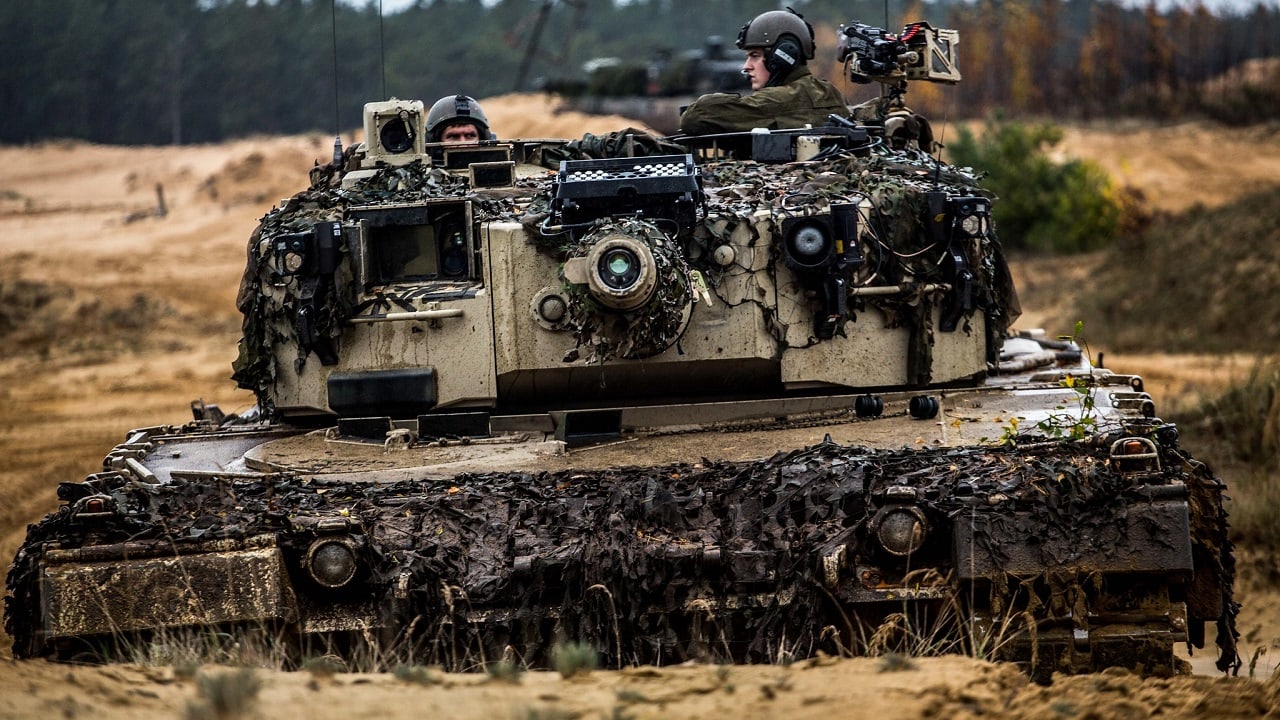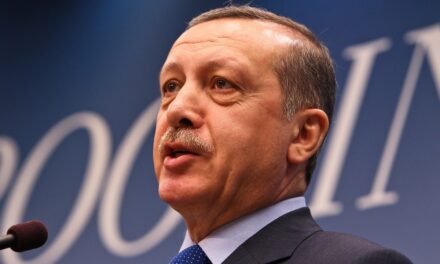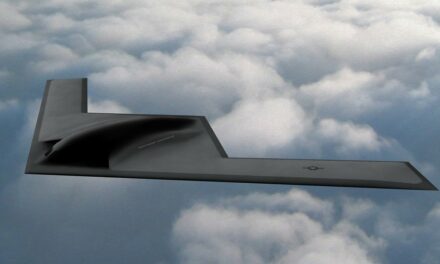We support our Publishers and Content Creators. You can view this story on their website by CLICKING HERE.
Key Points: As the war in Ukraine drags into its third year, Russia faces a critical shortage of modern tanks, losing up to 20 daily.
-With production of new tanks like the T-90 limited to 60–70 annually, Moscow relies heavily on outdated models from its Soviet-era stockpiles, including T-72s, T-62s, and even obsolete T-54/55 tanks. These reserves are depleting, and experts predict Russia’s tank storage could run dry by mid-2025.
-Meanwhile, maintenance issues and morale challenges exacerbate the situation. Unless Russia secures external aid or ramps up production, its tank forces may continue dwindling, forcing reliance on outdated models and defensive strategies.
Will Russia Run Out of Tanks Soon?
The war in Ukraine is entering its third year with no end it sight, and the Russian army is losing between 10 and 20 tanks a day, which raises this question: Will Vladimir Putin’s forces completely run out of tanks sometime next year? The enemy drones and precision-guided anti-tank missiles have taken their toll on modern main battle tanks. Now Russia is scraping the bottom of the barrel and using armored vehicles it placed in storage that haven’t seen the light of day since the Soviet era. It’s a good thing they saved the older models because the supply situation is looking dire.
Bottom of the Barrel
After losing thousands of more modern tanks, the Russians rely on museum pieces such as the T-72 from 1973 and the laughably old T-54/55 from 1955. They are trying to dust off the cobwebs and refurbish these relics to send them into battle as quickly as possible.
Tanks Are Less of a Factor in Modern Warfare
Tank tactics have changed due to heavy losses on both sides during the war in Ukraine. There are no longer long tank and armored personnel vehicle columns that fan out for full frontal assaults with infantry. Tanks no longer try sweeping flanking maneuvers while supporting an armored main effort. Mechanized warfare has devolved down to trench defense. Tanks often stay in the rear and only come out of the trees periodically to make long-range potshots that are often ineffective.
But the Russians still need some armored protection in defense and these older models will have to do until they can ramp up production for the modern tanks that can make a difference on the battlefield. The new tactics, techniques, and procedures of armored warfare in the 21st century may mean that tanks no longer have such lofty roles.
Still Needed for Populating Defensive Positions
Nevertheless, the Russians do not want to completely run out of tanks due to the changing face of war. The armored vehicles offer some protection. They can lay wait in defense and transport firepower to the forward positions periodically.
T-14 Armata Tank from Russia
The Russian tanks at the front that have somehow survived need maintenance. Gun barrels are wearing out due to the intense firing over the last 24 months. Crews are tired, and morale is low due to the dangers of facing anti-tank missiles and kamikaze drones.
Lying to the Higher Ups About the Tank Supply
Through it all, the Russian high command has been trumpeting the abilities of the defense industrial base to produce more tanks. The Ministry of Defense has bragged that Russia has sent 1,530 tanks to the battlefield. But this figure is misleading. These are not brand new tanks off the production lines; they are actually almost all from storage. An estimated 85 percent are from the old Soviet-era stockpile.
Russia is only making 60 to 70 new T-90 tanks a year. That leaves the old T-72s from the 1970s, T-62s from the 1960s, and even the ineffective and obsolete T-54/55s from the 1950s. At some point the storage centers are going to run out completely.
The Russian defense industry is already running three shifts a day at some plants, but with most tanks destroyed, taken out of action due to maintenance issues, or simply abandoned by the crews, the plants cannot keep up with these losses.
Time Is Running Out
Forbes reported this year that “ominously for the Russians, the most recent projections anticipate that, as early as mid-2025, there won’t be any more old tanks and fighting vehicles left in storage. Time is running out for Russia,” wrote Artur Rehi, an Estonian defense researcher.
That may mean Russia could look toward allies next year to supply tanks. North Korea is already sending millions of artillery shells and even 10,000 soldiers so Russia can continue the fight. However, the North Korean army needs to be more equipped when it comes to modern tanks. China could be one target for new armor, but the Chinese have so far resisted calls for arms exports to Russia, except for sending some drones.

A Norwegian Leopard 2A4 main battle tank during Iron Wolf II in Lithuania. It involves 2,300 troops from 12 NATO Allies. The Lithuanian-led exercise is helping to train the NATO Battlegroup which consists of soldiers from Germany, Belgium, Luxembourg, the Netherlands and Norway. Shot in Rukla, Lithuania.
Moscow is clearly in a bind. Reserve stocks of tanks are running out. There are under 100 new tanks being produced a year. The ones that have survived on the battlefield need to come in for maintenance. Putin has probably ignored warnings from his underlings about the tank situation, and the Ministry of Defense is likely lying to the Supreme Leader about the armor shortages. It may come to a point that Russia will just have to fight on with what it has – and that is a ragtag force of older models that are not that effective on the battlefield. Perhaps the Russians have every intention of staying on defense in the Donbas and only attacking sporadically without a large armored force to lead the way.
About the Author: Dr. Brent M. Eastwood
Brent M. Eastwood, PhD, is the author of Don’t Turn Your Back On the World: a Conservative Foreign Policy and Humans, Machines, and Data: Future Trends in Warfare, plus two other books. Brent was the founder and CEO of a tech firm that predicted world events using artificial intelligence. He served as a legislative fellow for U.S. Senator Tim Scott and advised the senator on defense and foreign policy issues. He has taught at American University, George Washington University, and George Mason University. Brent is a former U.S. Army Infantry officer. He can be followed on X @BMEastwood.

 Conservative
Conservative  Search
Search Trending
Trending Current News
Current News 





